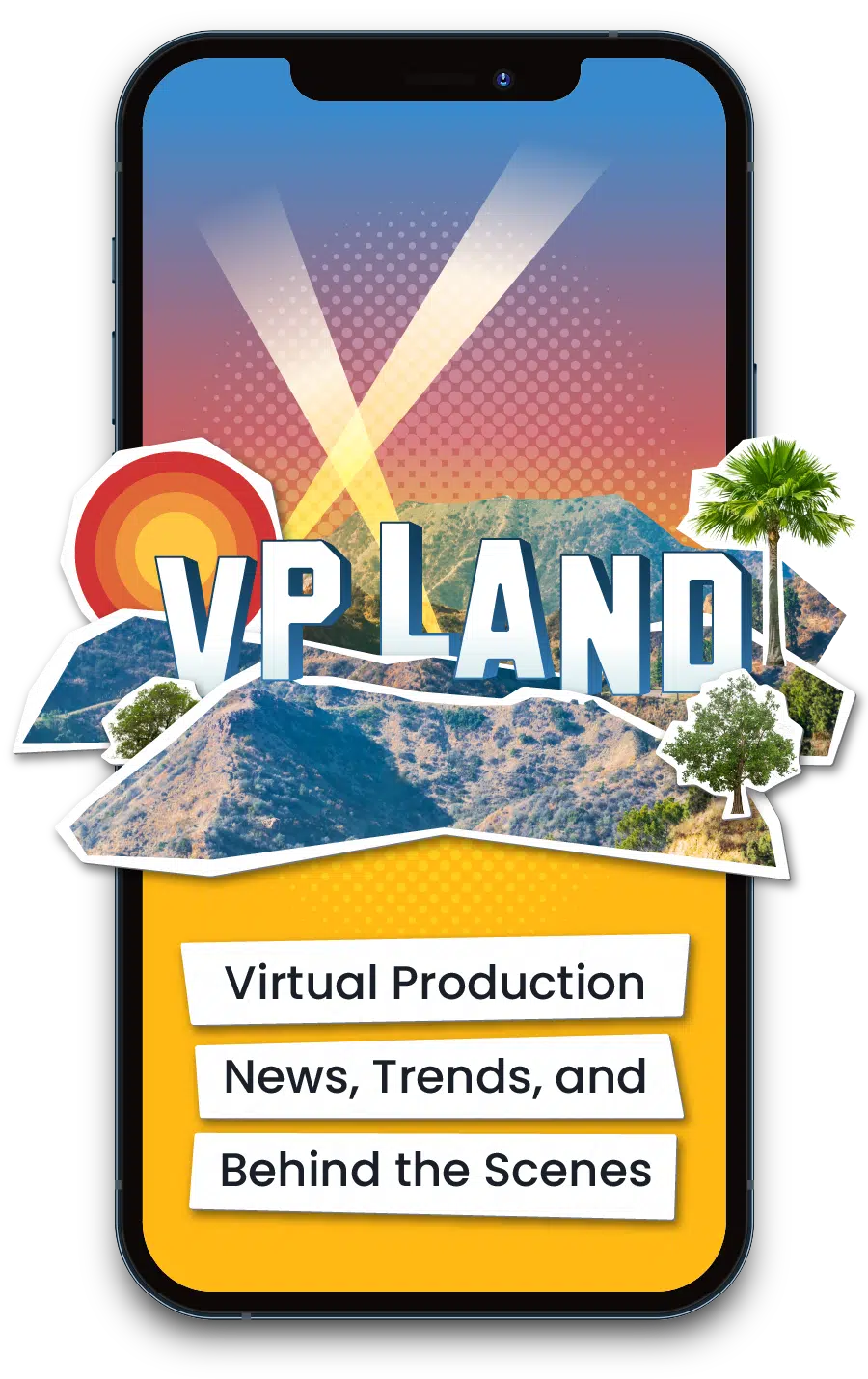At NASA’s Moffett Field, about four miles from Google’s headquarters in Mountain View, Calif., the agency has been developing a drone traffic management program that would in effect be a separate air traffic control system for things that fly low to the ground — around 400 to 500 feet for most drones.
Much like the air traffic control system for conventional aircraft, the program would monitor the skies for weather and traffic. Wind is a particular hazard, because drones weigh so little compared with regular planes.
The system would also make sure the drones do not run into buildings, news helicopters or other lower-flying objects — a more challenging task than for an airplane flying at 30,000 feet. There would also be no-fly zones, such as anywhere near a major airport…
Unlike the typical image of an air traffic control center — a dark room full of people wearing headphones and staring at radar screens — NASA’s system, like the drones themselves, would dispense with the people and use computers and algorithms to figure out where they can and cannot fly.
via Drone Developers Consider Obstacles That Cannot Be Flown Around – NYTimes.com.
NY Times reporting today on more drone announcements from Google and what’s being done to manage the influx of drones – both the commercial potential and current open skies for hobbyists.
There definitely needs to be some sort of air traffic system in place but what isn’t clear from this bit about NASA is how does Joe Consumer who bought a DJI Phantom drone to get some cool GoPro shots know where the lanes are? Are manufacturers going to be required to install chips that block the drones from entering certain areas?
And will this be open to private parties to create their own “No Fly List” to prevent drones from flying in areas they don’t want? Say all 84 million acres in the National Park Service system. Or more likely someone like Apple preventing a drone from getting footage of their spaceship campus under construction. Or celebrities keeping spying copters out of their mansions – something I’m surprised we don’t see more of (or maybe I’m just not watching enough TMZ).
As drones become more and more prevalent (especially ones with cameras) I’d expect to see more challenges with rights to privacy and what is and isn’t considered public space. Sidewalks are public property and fair game for taking pictures from. Does that extend 400 feet into the sky?




